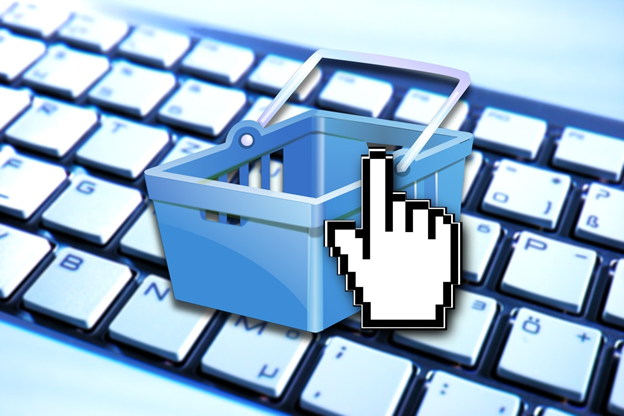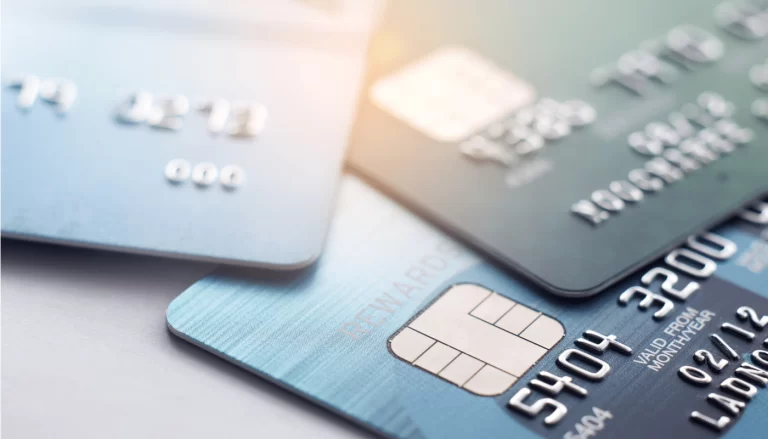The retail industry has dramatically shifted since COVID-19 dominated our news channels. More customers than ever turned to home delivery, and eCommerce sales spiked. In some countries, online sales almost doubled!
This change means you’ll have to pay more attention to your logistics as a retail business. Can you improve your shipments and reduce costs at the same time?
This article is here to help. Here are our three top tips for shipping retail goods more effectively in the current economic climate.
- Minimum Value Free Shipping
Offering free shipping to your customers is a great way to advertise your business and attract more sales.
But that can sometimes turn into a headache because you are left trying to figure out margins for your products to cover the costs of shipping goods as part of the deal.
One way to get around this issue and still use the advertising pitch for free shipping is to set it to kick in when a customer’s basket hits a specific value.
You can calculate different shipping costs with your preferred carrier, including any international shipping, and use that to figure out your threshold.
When you have that, it’s simply a case of adding it to your eCommerce platform (most selling tools will have this setting as standard). And the best part of this strategy? You’ll entice people to spend a little more with your store.
Many customers will prefer to add a small item to their basket to qualify for the temptation of free shipping, which will help your revenue numbers!
- Less Than Truckload Shipping
Shipping to customers isn’t the only area where you can cut costs with your shipping expenses. There is also the shipment of your goods when you buy them from wholesalers and other suppliers or ship products between warehouses.
You will need to calculate the cost of paying for a truck for large shipments, and it’s the vast square footage that many companies find difficult to fill.
But there is an alternative arrangement that goes by the term less than truckload shipping. In this situation, you only pay for a percentage of the space on the truck, and other companies share the rest of that capacity.
- Redesign Your Packaging for Your Retail Goods
Have you considered the potential cost savings of shipping your products by redesigning your packaging?
Using lighter packaging material and fewer layers could dramatically reduce shipping fees as these often go by dimensions and weight.
And with advanced packaging designs now on the market, you can invest in something that still gives you the security protection your goods need, but without the added bulk.
There’s another good reason to do this: it will help you to become more sustainable as a business. It’s a chance to make your packaging more environmentally friendly and reduce waste.
A Future-Proofed Shipment Strategy
Improving how you ship retail goods is an excellent way for your business to get ahead in this competitive climate. It will make your business more efficient. You’ll also help push down logistical expenses.
For more strategy advice, check out the recent posts in our business section.





